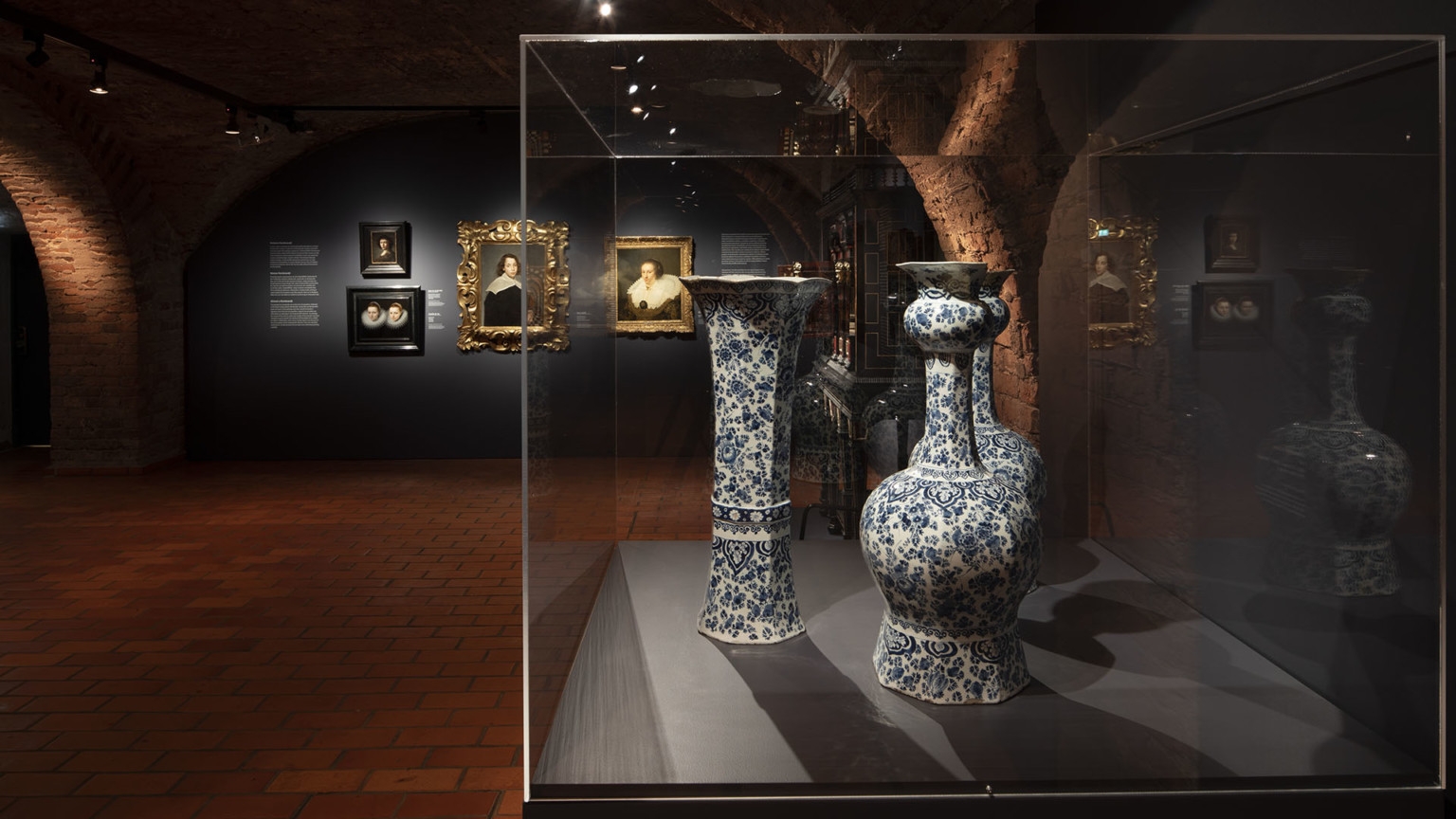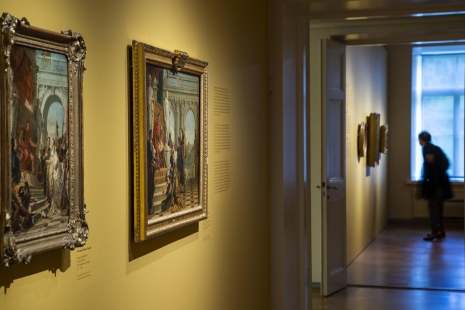A passion for art
Paul Sinebrychoff’s collecting was driven by strong aesthetic preferences. In the later years of the couple’s art collecting, their aim to build a coherent museum collection was emphasised. The carefree travel in the early years of Paul and Fanny’s coexistence, and their admiration for European art collections, inspired them to acquire a collection of their own. Collecting art was a means to demonstrate economic power and to raise social and cultural status.
A joint pursuit
The art collection was a joint achievement by the couple. In terms of paintings, the collection reflects Paul Sinebrychoff’s taste and willpower. Fanny Sinebrychoff’s contribution is greater in silver, porcelain, and miniature sculptures. These pieces are related to the home environment and the interior: an area suitable for the wife. The acquisition of the great masterpieces and true connoisseurship of art were Paul’s territory, at least on the basis of his letters.
Swedish portraiture as a special interest
Swedish art from before 1809 has a special place in the Sinebrychoff collection. Collecting began as early as the 1880s. The couple moved into the current museum building after Paul’s mother died in 1904. In the building’s entertainment spaces, the collection was spread out across rooms by period, and the rooms were furnished accordingly.
Swedish portraits were Paul’s first special interest. The collection includes several portraits of Queen Christina of Sweden. Many other royals and nobles are also represented, including in the significant collection of miniatures.
In the spring of 1904, a multi-piece furniture set was acquired from Stockholm for the Gustavian room. The Gustavian, intarsia-decorated writing desk, was acquired in Stockholm in 1907. It is said to have belonged to Gustav III’s sister, Sofia Albertina.





